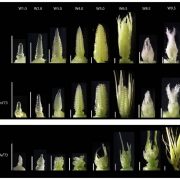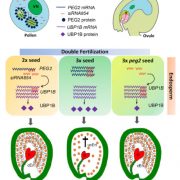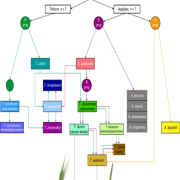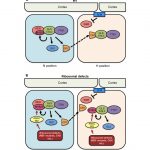Ancient seeds reconstruction and the evolution of integuments (New Phytologist)
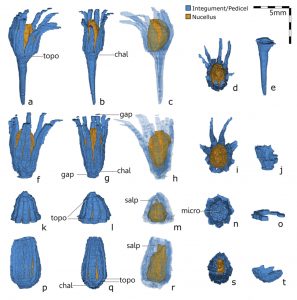
The origin of seeds – the specialized structures that contain and protect the developing embryos- is a key event in plant evolution. Primitive seeds comprise an exposed nucellus surrounded by a lobate integument; in contrast, extant seeds have one or more integuments fully enclosing the nucellus. To understand the evolution of integuments, Meade and colleagues analyzed Genomosperma fossils; seeds in this species represent the most primitive stages of integument organization. Authors re-examined samples of two Genomosperma species, G. kidstoni and G. Latens. They used serial sections of samples to reconstruct high-quality 3D models of seeds of the two species. Reconstructions of Genomosperma allowed them to examine morphology with high confidence and accuracy, resolving the structure and organization of integument, pedicel, and nucellus in Genomosperma seeds. These models confirmed some previous 2D morphological studies; additional morphological features were measured and quantitatively analyzed within the two species samples. The authors found no anatomical differences between G. kidstoniand G. latens, so conclude both belong to a single species: G kidstoni. On the other hand, significant differences were found in the organization, flexure, and fusion of the integumentary lobes. The observation of variations in the integument lobe number suggests that the formation of Genomosperma integuments could be similar to the formation of organs within a flower; in this case, there could also be a variation of organ number when the expression of boundary genes is altered. Authors are currently analyzing the biomechanical properties of integumentary lobes to better understand the function of Genomosperma integuments. (Summary by Humberto Herrera-Ubaldo) New Phytologist 10.1111/nph.16792


